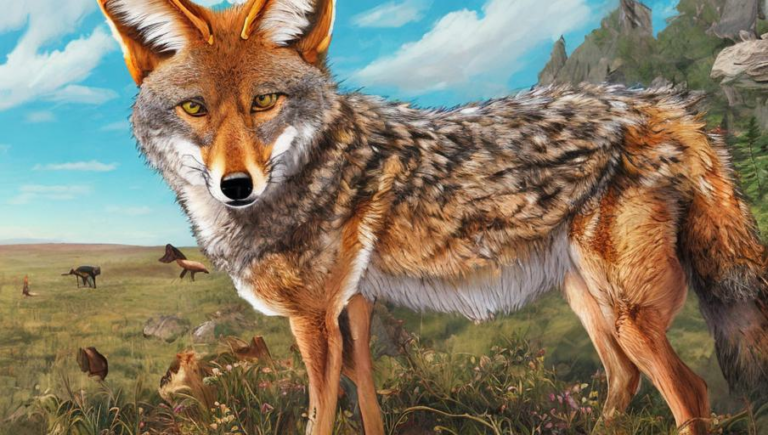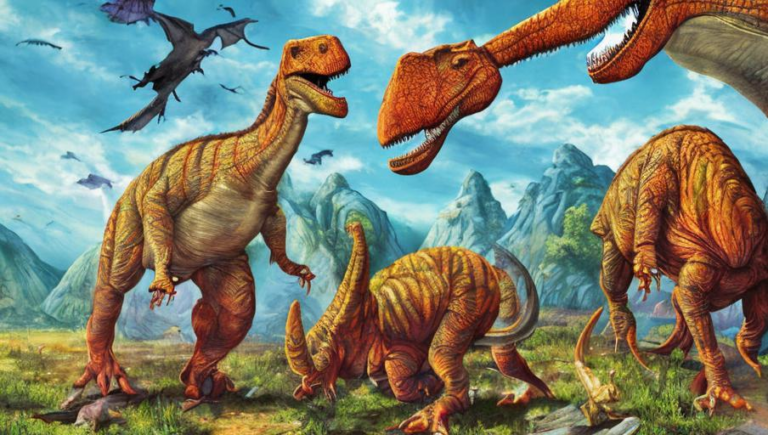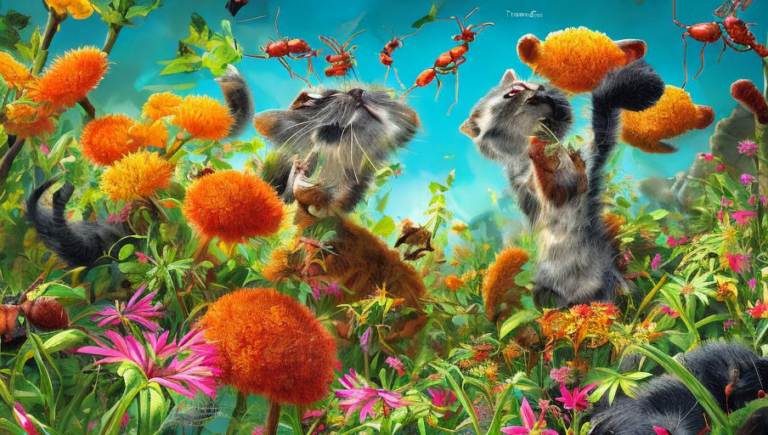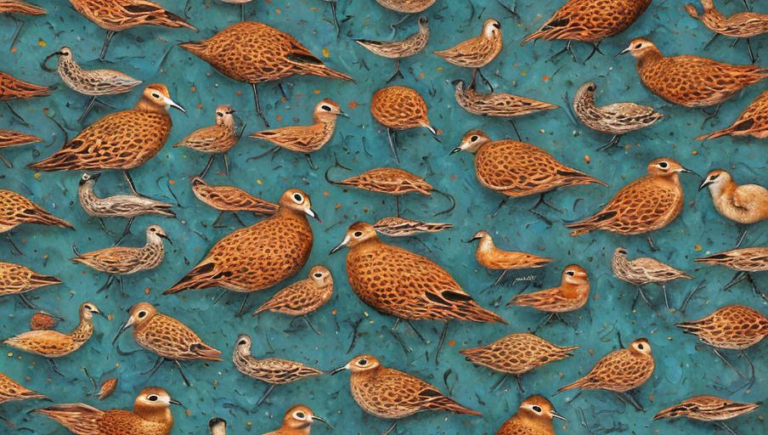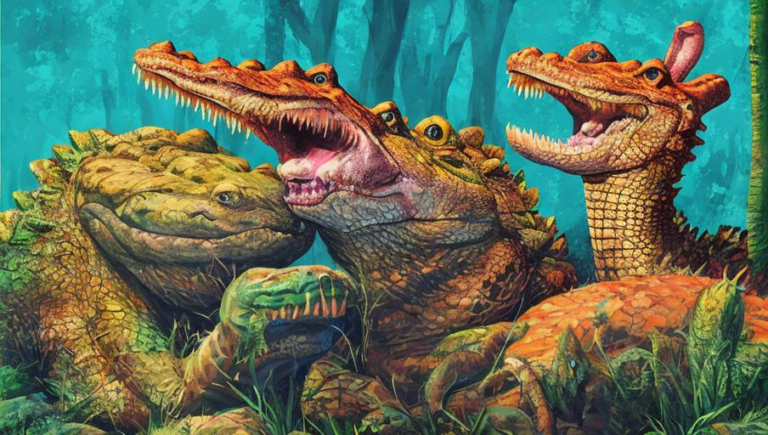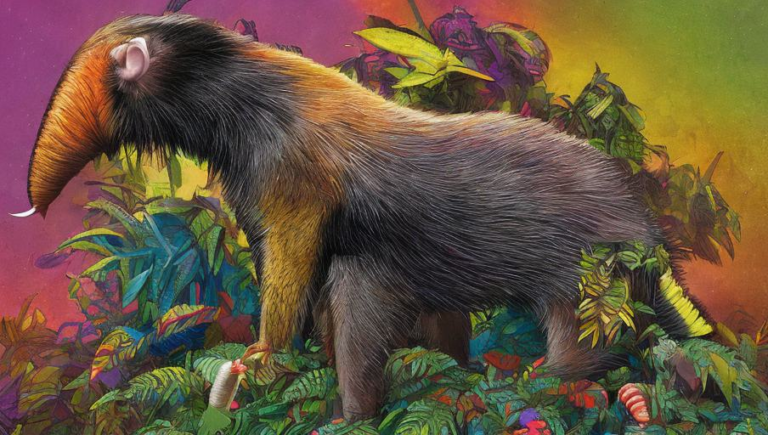Getting to Know the Wild Boar
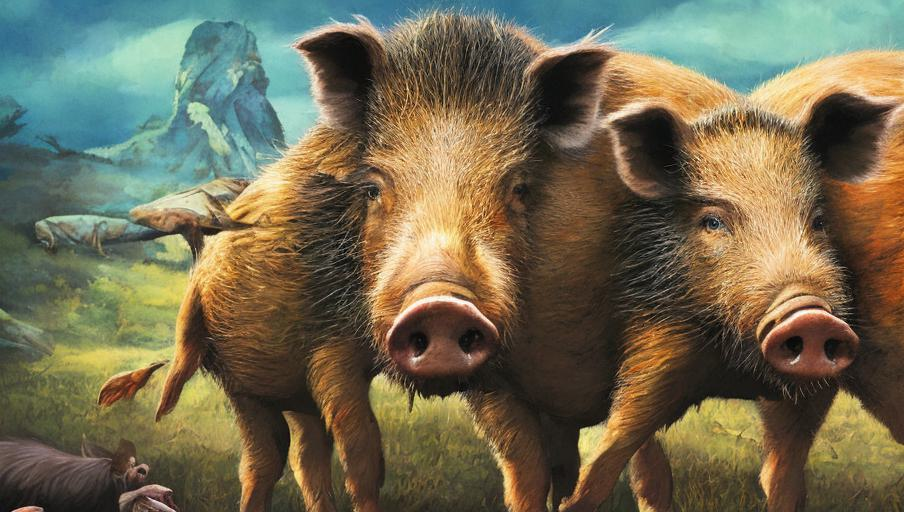
What is a Wild Boar?
A wild boar, also known as a wild pig or wild hog, is an ungulate mammal of the family Suidae. It is native to Europe, Asia, and parts of Africa and is the ancestor of the domestic pig. Wild boars are a large species and can weigh up to 150 kilograms (330 pounds).
Where Do Wild Boars Live?
Wild boars are found in many parts of the world, but prefer to live in wooded areas such as forests and woodlands. They are also found in grasslands, wetlands, and open meadows. Wild boars are also known to live in urban areas, as they can adapt to different environments.
What Do Wild Boars Eat?
Wild boars are omnivorous and will eat both plants and animals. They mainly feed on roots, bulbs, fruits, and nuts. They will also feed on small mammals, birds, insects, and even carrion. They have also been known to feed on household waste, so it is important to secure bins in areas where wild boars are present.
Behavior of Wild Boars
Wild boars are usually solitary animals, although they can gather in large groups or family units when food is plentiful. They are active during the day and night, but mainly at night during the summer months. They are fast runners, able to reach speeds of up to 35 mph (56 kph).
Wild Boar Reproduction
Wild boars are capable of reproducing year-round, but most births take place in the spring and summer months. The average gestation period is 114 days, and litters can range from four to twelve piglets. Wild boars reach sexual maturity at one year of age, and can live up to twelve years in the wild.
The Threats to Wild Boars
Wild boars are threatened by habitat loss due to deforestation and urbanization. They are also threatened by hunting, both for sport and for food. Wild boars are also vulnerable to diseases such as African swine fever, which can quickly spread and decimate a population.
Conservation of Wild Boars
Wild boars are classified as Least Concern by the IUCN, as their population is relatively stable. However, their numbers are declining in some areas due to hunting and habitat loss. Conservation efforts include protected areas and hunting restrictions, as well as education on the importance of protecting these animals.
Conclusion
Wild boars are an important part of the world’s ecosystems, and it is important to understand their behavior and needs so that we can protect them. By understanding their habitat, diet, and reproduction, we can help to ensure their survival and ensure that they remain in our world for generations to come.
